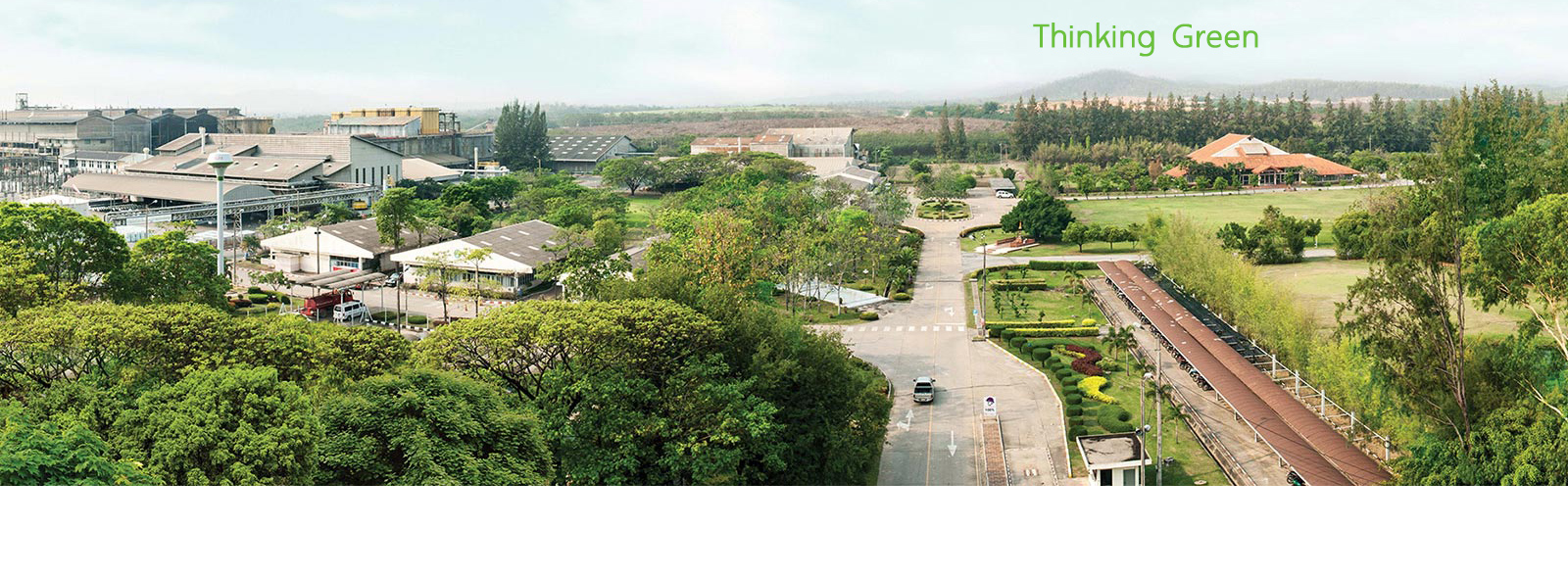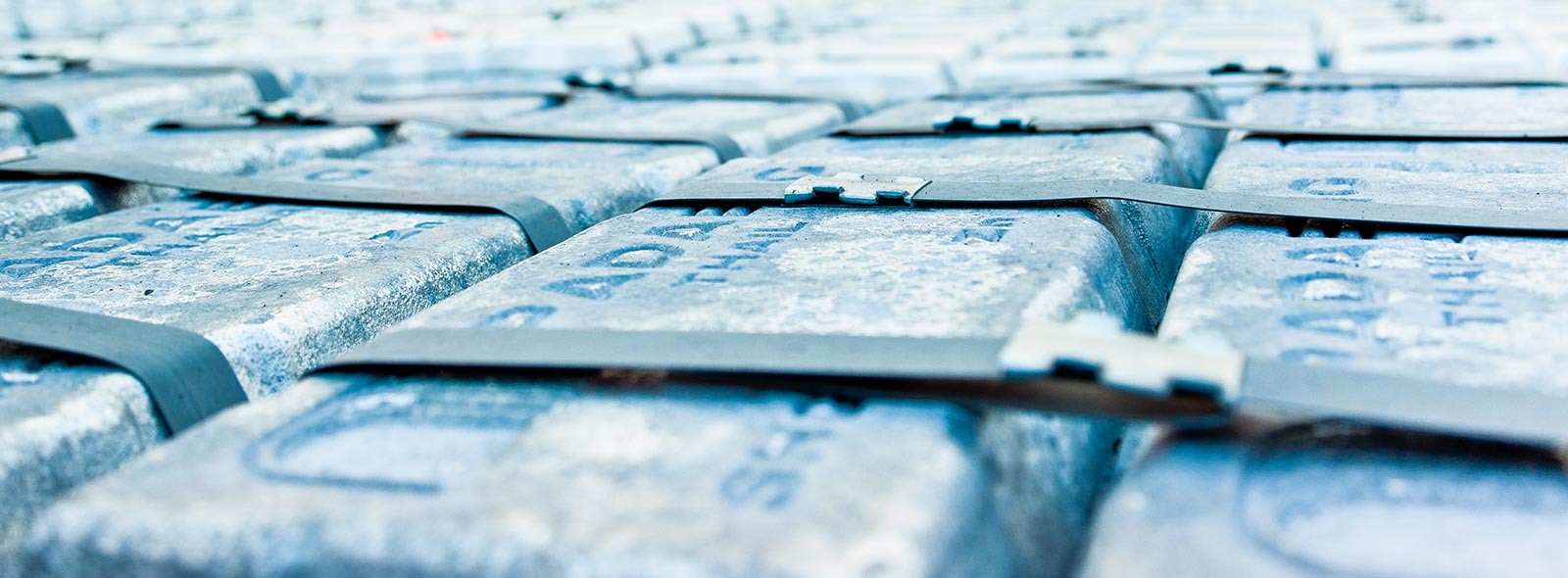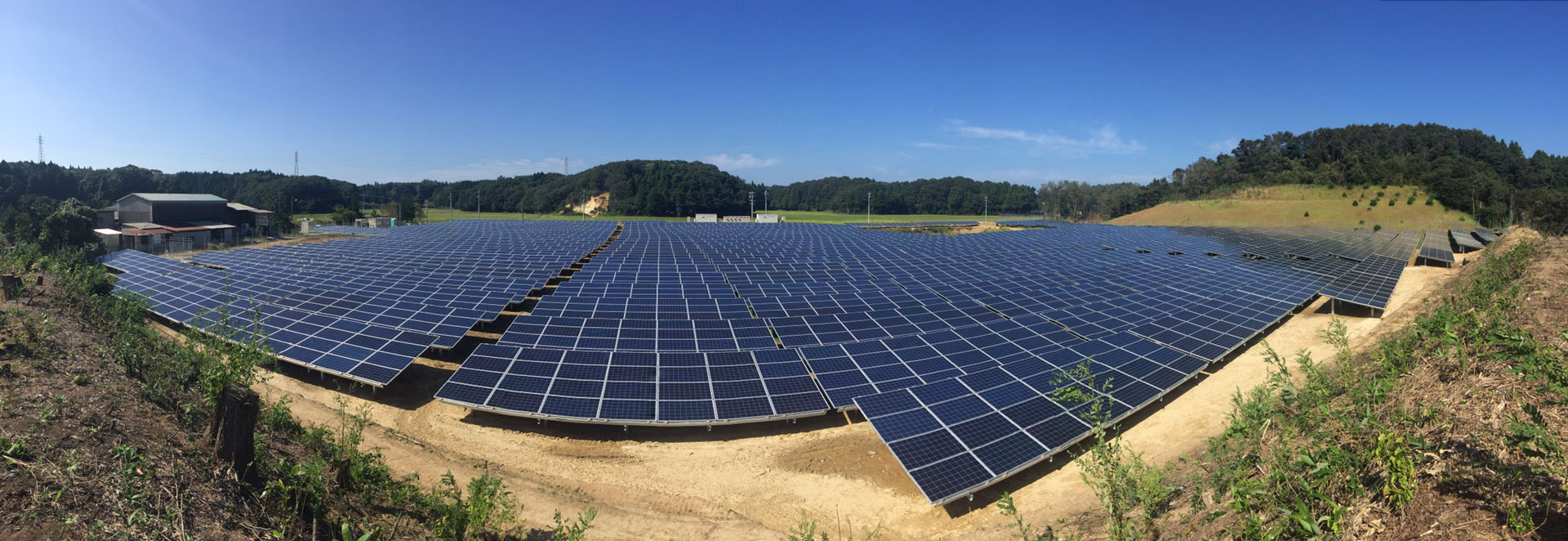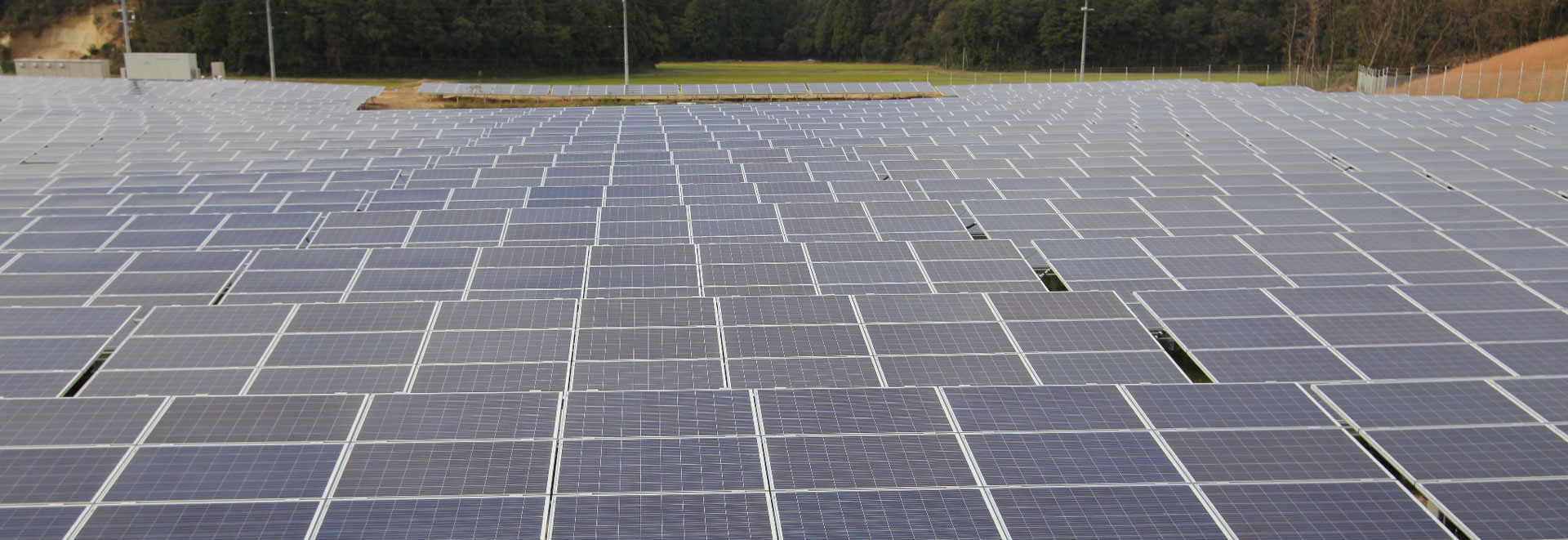PDI comprehends the importance of environmental management to sustainable business. Therefore, it has continues to operate with the highest efficiency using the best available technologies to minimize any potential impact and risks for the communities and environment.
The Company’s strategic direction on environment in 2016 remained in line with its strategic plan during the business transition. The strategies included:
- Manage every aspect of environment continuously and efficiently
- Assess possible risks and impact on the environment as a result of the zinc business closure in order to manage these properly and comply with the government’s rules and regulations.
- Use the best available technologies in our new business projects to protect the environment and to minimize the impact and risks for the communities.
Environmental Performance
In 2016, PDI executed its plan and met its target in environmental management of all operating sites in compliance with the international standards and the government’s requirements. This was to ensure that PDI’s operation would not have any impact on the surrounding communities to the benefit of the country. The work included sustainable use of resources, energy conservation, continued monitoring and assessment of soil, water and air quality as well as waste management.
- Sustainable utilization of resources: PDI improved the zinc quality of its ores with less than 9% zinc to 46% through the ore floating process. The aim being to maximize the use of the minerals from the mine, as it was the last delivery to the Zinc Smelting Plant.
- Energy conservation: In 2016, PDI consumed a total of 1,556,947 gigajoules divided into 1,170,276 gigajoules from electricity and 386,671 gigajoules from fuel. Compared with 2015, this was a decrease of 22,769 gigajoules as a result of the termination of zinc oxide cleaning process at Rayong Plant. Likewise, Tak Plant used less energy because it continued to manage its electricity consumption by reducing the use of electricity during the on-peak rate. This had no impact on the Plant’s production efficiency.
- Continued monitoring and assessment of soil, water and air quality as well as the Green House Gas Release and waste management: All these followed the specified technical and assessment standards and were in line with the concerned laws and regulations.
Air Quality Measured at the Stacks
| Stack | Office | Parameter | Unit | Standard | 2016 Monitoring Results |
|---|---|---|---|---|---|
| Sulfuric Acid Production Process | PDI-Tak | Sulfur Dioxide (SO2) | ppm | < 500 | 2361 |
| Calcine Production Process | PDI-Rayong | Sulphur Dioxide gas (SO2) | ppm | < 500 | 1552 |
| Coal-fired boiler | PDI-Tak | Sulphur Dioxide gas (SO2) | ppm | < 700 | 1271 |
| PDI-Tak | Total suspended particulates (TSP) | mg/m3 | < 320 | 211<1 | |
| Zinc smelter | PDI-Tak | Total suspended particulates (TSP) | mg/m3 | < 400 | 11.501 |
Remark : 1. Monitored by SPS Consulting Services Co., Ltd.
2. Monitored by Eastern Thai Consulting 1992 Co., Ltd.
Ambient Air Quality
| Parameters | Office | Unit | Standard | 2016 Monitoring Results |
|---|---|---|---|---|
| Surfur Dioxide Gas (SO2) | PDI-Tak | mg/m3 | < 0.30 | 0.011 |
| Surfur Dioxide Gas (SO2) | PDI-Rayong | ppm | < 0.30 | 0.022 |
| Total suspended particulate (TSP) | PDI-Tak | mg/m3 | < 0.33 | 0.059 |
| Total suspended particulate (TSP) | PDI-Rayong | mg/m3 | < 0.33 | 0.016 |
| Total suspended particulate (TSP) | PDI-Mae Sod | mg/m3 | < 0.33 | 0.040-0.289 |
| Total suspended particulate (TSP) smaller than 10 micron (PM-10) | PDI-Mae Sod | mg/m3 | < 0.12 | 0.017-0.098 |
Remark : 1. 24-hour average atmospheric SO2 standard
2. 1-hour average atmospheric SO2 standard
Climate Change
The release of most PDI’s Green House Gas was from the use of electricity and heat from various fuels in the zinc smelting process. In 2016, PDI released a total of 219,529 carbon dioxide tons equivalent of Green House Gas, a decrease of 2,066 carbon dioxide tons equivalent or 1% from 2015.
Water
PDI manages water efficiently by reducing waste and recycling it for use both in the buildings and in the production process at Tak and Rayong Plants. Mae Sod Mine mainly manages rain water flowing through its activity area.
Plant Water Quality
In 2016, PDI’s water consumption totaled 1.68 cubic meters of which 47% was recycled for use in the production process and other areas. The quality of treated waste water was tested to ensure it met the specified standard. Details are shown below:
| Parameter | Unit | Standard | Tak Plant | Rayong Plant |
|---|---|---|---|---|
| pH value | - | 5.5 - 9 | 7.57 | 7.74 |
| Zinc (Zn) | mg/l | < 5 | 0.21 | 0.43 |
| Cadmium (Cd) | mg/l | < 0.03 | 0.005 | <0.001 |
| Manganese (Mn) | mg/l | < 5 | 0.39 | - |
| Lead (Pb) | mg/l | < 0.2 | 0.005 | 0.004 |
| Arsenic (As) | mg/l | < 0.25 | 0.007 | 0.125 |
| Mercury (Hg) | mg/l | < 0.005 | 0.0007 | 0.0034 |
Mae Sod Mine’s Water Management
Mae Sod Mine is an open pit mine and does not use water in the production process. However, PDI focuses on managing natural rain water flowing through the Company’s activity areas. Water must go through the sediment process as per the mining standards specified in the mining project plan and the environmental standard. At the same time, PDI follows the waste water quality standard of the Department of Industrial Works to ensure that water was clear before releasing it into the nature.
There are 11 sediment ponds which can collect any amount of rain water in the project area. PDI also uses rain water in its Close System ore floating process without releasing but recycling it. This reflects an efficient water management.
In 2016, the quality of waste water at Mae Sod Mine met the specified standard as shown in the table below:
| Parameter | Unit | Standard1 | Discharge Point | |||
| Zone A4 | Zone B3 | Zone C12 | Zone D3 | |||
| pH | - | 5.5 - 9 | 7.37 - 7.86 | 7.88 - 8.41 | - | 7.83 - 8.28 |
| Suspended Solids: SS | mg/l | < 50 | 2.4 - 11.1 | 2.9 - 27.4 | - | 2.0 - 13.7 |
| Total Dissolved Solids: TDS | mg/l | < 3,000 | 104 - 160 | 504 - 816 | - | 122 - 252 |
| Zinc | mg/l | < 5 | 0.05 - 0.09 | <0.01 - 0.58 | - | 0.02 - 0.33 |
| Cadmium | mg/l | < 0.03 | < 0.01 | < 0.01 - 0.01 | - | < 0.01 - 0.01 |
| Lead | mg/l | < 0.2 | < 0.05 | < 0.05 - 0.18 | - | < 0.05 |
Remark : 1. Reference the Minister of Industry’s waste water standards.
2. No water was released into the nature
Industrial Waste Management
PDI manages waste efficiently as per the principles and practices of the concerned units. Through the 3Rs principle, waste is separated for safety and convenience in managing, and is also recycled in order to reduce waste and reduce future use of resources.
In 2016, waste amounted to 613,456 tons of which 99.73% or 611,782 tons were mineral waste. This waste was treated until it had a stable condition as per the specified standard before being buried in the mineral waste pond at Tak Plant designed and constructed according to the requirements of the Department of Industrial Works and the Office of Natural Resources and Environmental Policy and Planning (ONEP).
A total of 1,459 tons or 0.24% of hazardous waste was landfilled by the contractors authorized by the Department of Industrial Works. At the same time, 33 tons of recyclable waste was sold to the Department’s authorized buyers, while 164 tons of general waste was buried in the landfill as per the sanitary principle.
Assessment of Possible Risks and Environmental Impact from the Closure of Zinc Business
PDI is certain that the discontinuation of the conventional zinc production process will not have any impact on the surrounding environment and communities in all of PDI’s work sites. This is because the Company has strictly complied with the environmental standards in all areas and has also continuously monitored, audited and evaluated the impact on the environment.
After the closure of mining operations at Mae Sod Mine in mid-2016, PDI has restored the environment of the remaining area. This will help protect the soil from eroding and make it fertile once again. The sediment pond which collects rain water will continue to be used. The land where the tailings sediment was kept will be filled according to the safety standards specified by the government and standing timbers will be grown to cover the whole area. This colorful nature will then be developed for ecological tourism.
After Rayong Plant was closed at the end of 2016, PDI forecasted to spend half a year to remove the machinery, cleaning and restoring the area according to the regulations specified by the government as well as the environmental impact preventive and corrective measures specified in the report on environmental impact analysis.
Using the Best Technology to Protect and Reduce Impact and Risks on the Environment and Communities in the New Business Projects
PDI recognizes the importance of using innovative and clean technologies in its new business projects in order to protect the environment or create minimum impact on it.
In the joint venture PDI-CRT the most efficient, innovative and environmental friendly technology is used. This ultra-high temperature (UHT) submerged plasma process from Sweden, enables to extract zinc and other metals from complex industrial waste and is unmatched in the whole of Asia.




